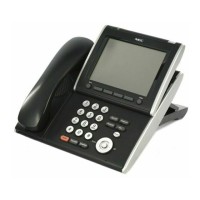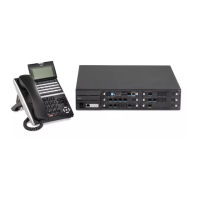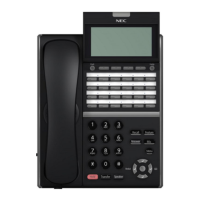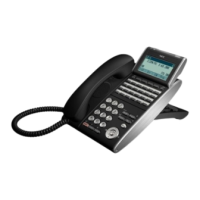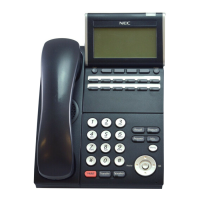Issue 3.0
3-6 Installing the SV9100 Chassis
Follow safety precautions indicated in section 2.1 Precautionary Information: on
page 3-1.
Determine the type of mounting (wall, floor, stand or rack) to be used.
3.3 Installing the 19” (CHS2UG-US) Chassis
The CHS2UG-US chassis has six universal blade slots for legacy line/trunk blade
(Single Line Telephone Interface, Digital multiline terminal Interface, Central
Office Trunk, ISDN PRI Interface, etc.). In-skin Application Blades (In-skin UMS,
In-Skin Router, etc.). It also houses the BUS Interface Blade, Power Supply Unit
(PSU) and Cooling Fan.
When the GCD-CP10 blade is installed in the first 19” chassis, it is called the
controlling chassis. Additional chassis, called expansion chassis, can be installed
to increase the capacity of the system to meet the customer’s business needs.
Each chassis (Expansion or Controlling), is powered by an MPS7101 power
supply.
Before proceeding with installation of chassis, ensure site preparation is
completed. The CHS2UG-US chassis can be:
Wall-mounted – refer to 4.1 Wall Mounting the 19” (CHS2UG-US) Chassis
on page 3-38.
Floor-mounted – refer to 5.1 Floor Mounting the 19” (CHS2UG-US) Chassis
on page 3-68.
Stand-mounted – refer to 6.1 Stand Mounting the 19” (CHS2UG-US)
Chassis on page 3-72.
Rack-mounted – refer to 7.1 Rack Mounting the 19” (CHS2UG-US) Chassis
on page 3-82.
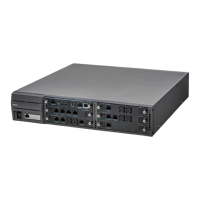
